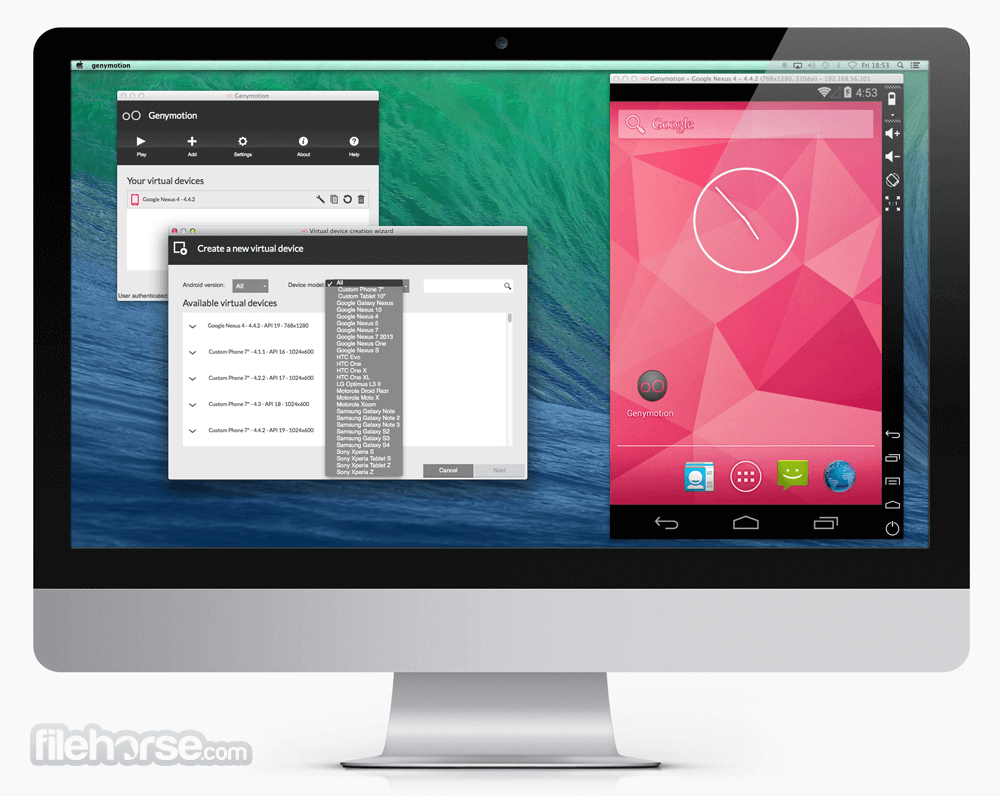
- #Parallels for mac windows memory install#
- #Parallels for mac windows memory update#
- #Parallels for mac windows memory pro#
Clicking "learn more" says that means the TPM, secure boot, data execution protection and UEFI MAT.

The Device Security settings page has a green check by the Security processor and by Secure boot but still indicates that "Standard hardware security not supported". under device security, Win11 says that the computer doesn't meet standard h/w security requirements. Win11 sees the TPM and UEFI boot security. I have checked all the device security settings that I can imagine. I have very few programs running on this platform, since it's rather experimental, yes.Īnyway, after various restarts and checks, I'm still getting this Win11 won't run on this hardware message. This guide will take you through the Windows Express installation, which creates a virtual machine on your Mac.
#Parallels for mac windows memory install#
Within Win11, I already had the data execution settings established for all programs, not just Windows essentials. Because the developers knew that most Mac users will want to install at least a Windows OS, Parallels includes a Windows Express installation option that eliminates the need to babysit a Windows XP or Vista installation.
#Parallels for mac windows memory pro#
Today, I installed Parallels v17 (I have a Pro license) and I went through the various steps to enable the TPM in the h/w page and set the UEFI flags in the Boot Order settings.
#Parallels for mac windows memory update#
When the Beta version of Win11 was announced, the Update page started to state that my computer didn't meet the H/W requirements for Win11, and that I'd have to fall back to Win10 at some point. Lately, I'd been running the Dev version of Win11 ARM on Parallels 16 on a new M1 MacBook Air. Guest OS video memory is allocated from Mac's RAM and acts more as a transitional buffer to pass the volumes of data between a virtual machine operating system APIs ( Direct3D, OpenGL) and macOS APIs rather than actual storage. So, the amount of virtual graphics memory doesn't need to match physical GPU memory because the usage scenarios are different.I've been running Parallels for years on various Macs, so I'm not a newbie by any stretch. The virtual machine relies on the macOS graphics application programming interfaces, or APIs ( Metal, OpenGL) but it doesn't have direct access to the graphics processing unit (GPU) or its memory. Parallels Desktop uses system memory for graphics and manages the amount of video memory allocated to the virtual machine by itself based on the virtual machine's needs. This is the best approach because all guest operating systems supported by Parallels Desktop on M1 Mac computers can use system memory for graphics purposes.Ī virtual machine does use the resources of the Apple M1 graphics processing unit (GPU) integrated into the Apple M1 System on a Chip (SoC), though indirectly. As a result, a memory overcommitment might happen and overall performance will decrease exponentially. But usually, there are some applications running on the Mac side (ones can be found in Activity Monitor) that also compete for resources. For example, one can assign 6 GBs to a virtual machine running on a Mac with 8 GBs of RAM. Note: Since Mac's resources are limited, the RAM value assigned to a virtual machine should not be higher than the recommended values. Open the virtual machine configuration > Hardware > CPU & Memory > increase both RAM value and the number of virtual CPUs within the recommended range. If you're playing a game, try lowering display resolution and turning off demanding application settings.ġ. Similarly to processors, the best practice is to assign half of Mac's total RAM.Ģ. Assigning more than half of CPUs for the virtual machine may cause performance degradation for both Mac and VM.

Open the virtual machine configuration > Hardware > CPU & Memory > Manual and increase both RAM value and the number of virtual CPUs. In most cases, half of the total CPUs will provide optimal performance. The recommended steps that might help in such cases are:ġ. If you have some graphics performance issues, or applications complaining about insufficient resources, changing video memory value can help but it can also make the situation even worse. Mac with Intel-based processor - graphics adapter with dedicated memory: Mac with Apple M1 chip - no dedicated graphics memory: In other words, there is no dedicated graphics memory on a Mac with Apple M1 chip. Using the system memory for graphics is the most efficient way that provides the best experience working with virtual machines on Mac computers with Apple M1 chip. This memory architecture is a unique Apple approach to system design and implies having one unified memory for both CPU and GPU.

In Parallels Desktop on a Mac with Apple M1 chip, all supported operating systems use the Apple M1 chip Unified Memory Architecture (UMA) for graphics purposes.


 0 kommentar(er)
0 kommentar(er)
